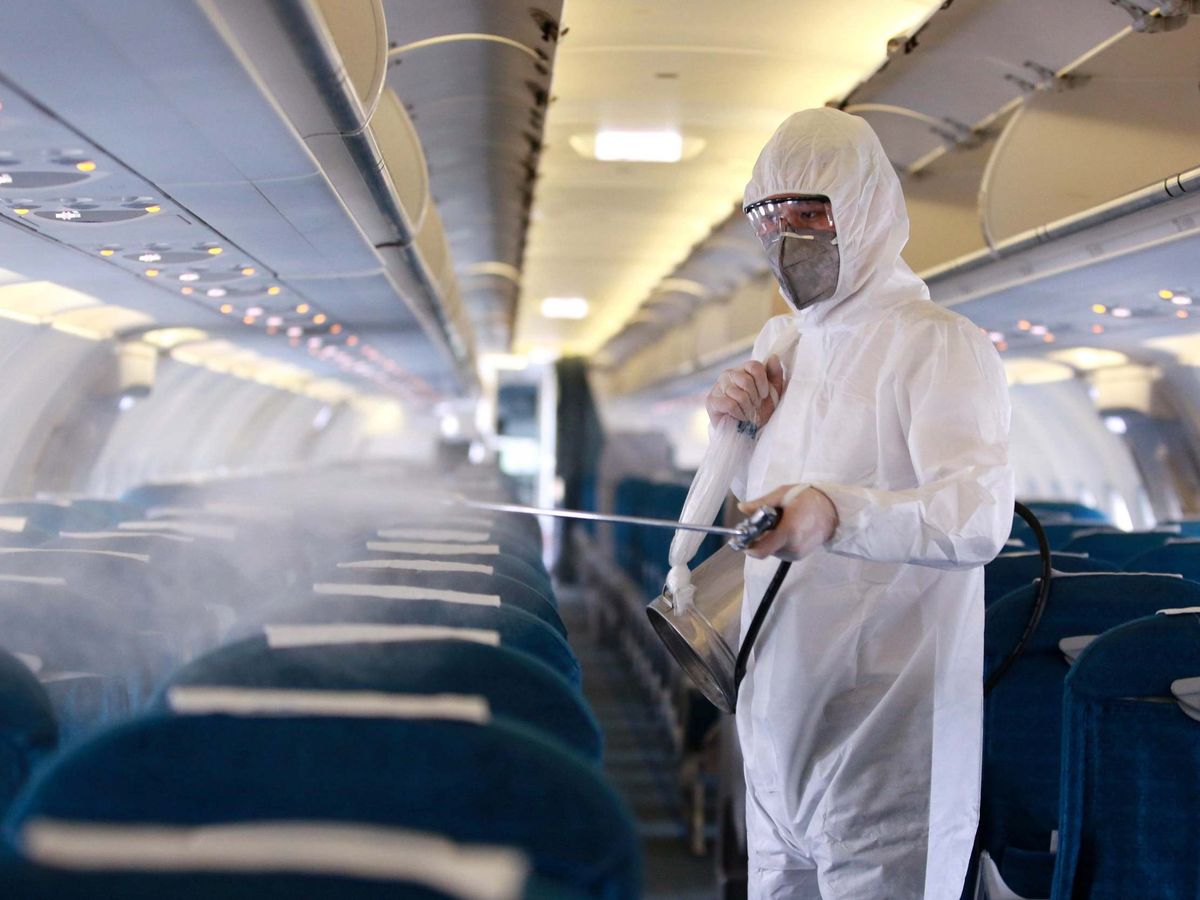A newly resurgent virus could hamper efforts to restart global travel

A few minutes every morning is all you need.
Stay up to date on the world's Headlines and Human Stories. It's fun, it's factual, it's fluff-free.
Despite the continued impact of the global coronavirus pandemic, especially in places like the United States, Brazil and Russia, global airline companies are looking to restart operations, albeit with caveats.
Airlines across Europe are taking some of the first steps to heighten international travel options. Earlier this month, the European Union (EU) decided it would allow travel into the EU, but only for those deemed to be traveling from “safe countries,” a list that includes South Korea, Canada and Australia, among others.
The US was left off the list due to the continued surge in cases there, a move that effectively banned those living in the US from entering most of Europe. The United Kingdom (UK), which just left the EU on January 31, is also creating opportunities for international travel in a plan it calls “travel corridors.”
Starting on July 10, nearly 60 countries and territories will be exempt from self-isolation when entering the UK, including many countries in Europe and the Caribbean and a few in Asia. For those not on the list, travel is allowed, but a 14-day quarantine is necessary.
With the fluid nature of the crisis, the UK says it is leaving its options open regarding which travelers will be required to self isolate upon arrival, promising it “will not hesitate” to impose restrictions if the situation changes.
Signs of life
According to a representative with OAG Worldwide, an organization that aggregates flight data, international airline companies added some 8.2 million seats to their offerings for the first week of July, putting total global airline capacity at just over 48 million seats.
This is the highest number of available seats since early March, but well below the number of seats available before the pandemic, which sat at around 100 million per week in January. Compared to this week last year, there has been a 62.9% loss in available seats.
While many of these added seats are for flights to Europe, other places such as India and China are also increasing their international flight capacity. In China, global airline companies such as Lufthansa and United Airlines are just starting to reintroduce flights to Shanghai.
Domestically, China’s flights are reportedly running at 86% capacity, but its international services are still under 10% of their precrisis levels.
What about the US?
As the global leader in coronavirus cases (over 3 million) and deaths (over 130,000), the US has severely hampered its citizens ability to travel internationally.
In the past, the US passport was generally viewed as one of the one of the world’s best given its myriad agreements with other countries. But until the coronavirus gets under control, some observers predict that US citizens will have a tougher time traveling abroad.
According to an EU diplomat at the end of June, “The US’s chances [of coming to Europe] are close to zero,” adding that until they can get COVID-19 under control, “with their infection rates” they can’t even “believe in that possibility.”
That said, there are still options for US citizens looking for an international trip, albeit more limited ones. According to a recent list featured in Travel & Leisure, a handful of countries in the Caribbean and a few others in Asia, Africa and the Middle East are open to US travelers.
Further shutdowns?
On the domestic front, many US airline companies are also ramping up the number of available seats they offer, although capacities still remain depressed. In June, American Airlines, Delta and United all increased their number of available flights to various degrees.
In June, American said that it hoped to run 55% of its 2019 domestic capacity this July and August. With the recent sharp rise in cases, however, those plans could be affected.
When American released those figures, American’s senior vice president of network strategy, Vasu Raja, said that increased activity from markets in the south and southwest were adding to its momentum.
“Once markets in the south and the southwest started to really reopen, then we saw bookings pick up in the weeks before Memorial Day and in the weeks after … in those states across the south and the southwest, where they’ve reopened more fully, our net bookings are [only] down 40% or so,” Raja said.
Since Memorial Day, however, many states in the south and southwest have been at the forefront of the surge in new COVID-19 cases in the US.
In Texas, where American Airlines is headquartered, cases are rising so fast that the governor of the state, Greg Abbott, finally made wearing masks in public mandatory, a noteworthy move for a fiercely independent state.
As for how the uptick in cases within the US may impact the global airline industry, the potential exists that this is only the beginning of more prolonged pain.
“The industry is losing hundreds of millions of dollars a day, and although it has begun to creep back toward normal, no one knows when it will recover,” wrote the editorial board at the Star Tribune, a newspaper in Minnesota.
With many travelers potentially coming from places with high rates of infection, “it’s not hyperbole to say that it’s safer to stay home,” they added.
Have a tip or story? Get in touch with our reporters at tips@themilsource.com




Comments ()